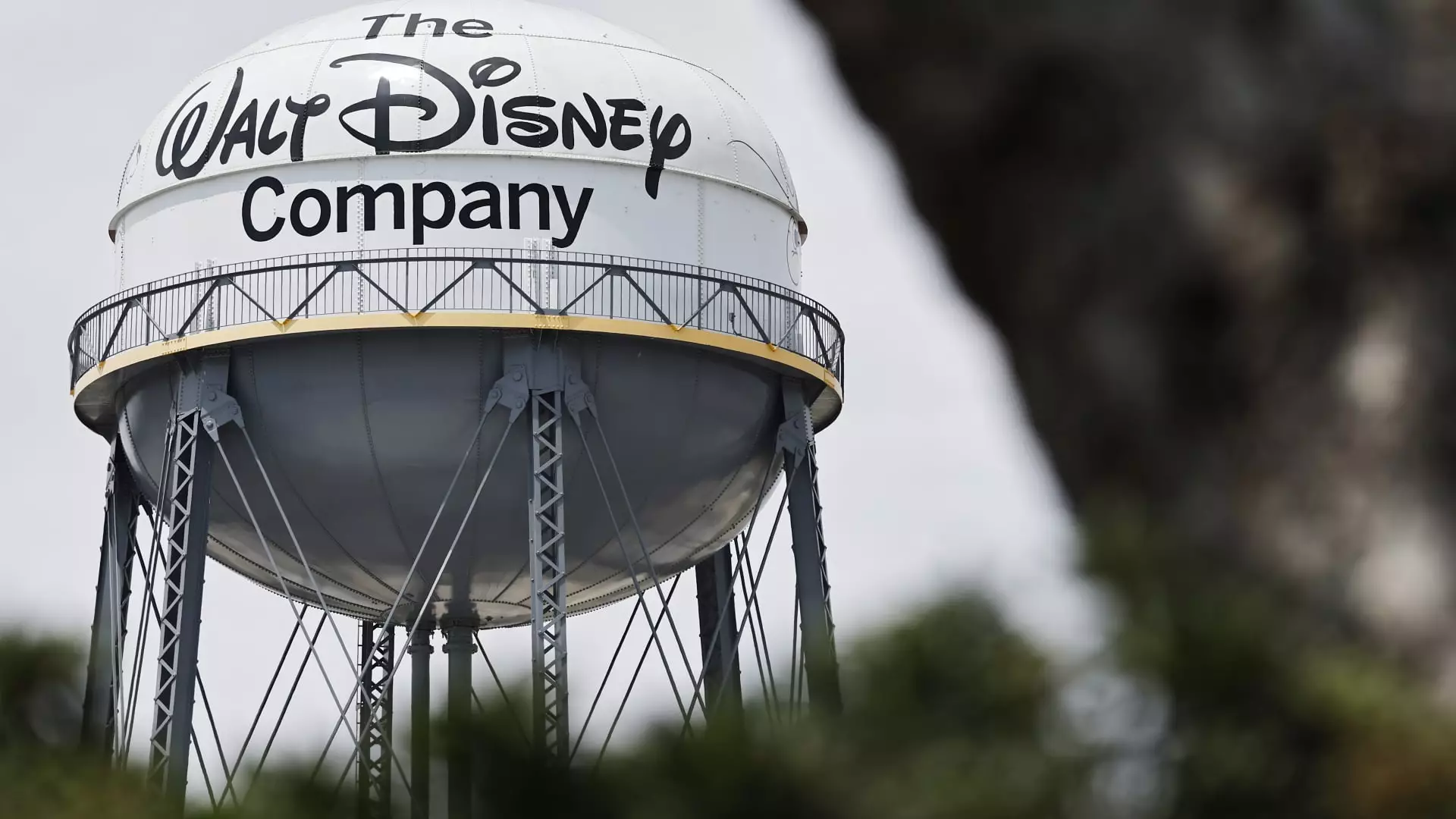Disney’s recent earnings report, while anticipated to meet Wall Street’s expectations, masks a deeper malaise that threatens its long-term stability. The company continues to cling to the narrative of success in streaming, theme parks, and media, yet beneath this glossy surface lies an industry struggling to adapt to a seismic shift in consumer behavior. The optimism surrounding subscriber numbers and park revenue growth inflates expectations, but it risks overshadowing the fundamental challenges Disney faces in a rapidly evolving entertainment ecosystem. The company’s assumption that its traditional strengths will carry it through these turbulent waters is increasingly questionable. They are riding a wave of nostalgia and brand loyalty, but the currents of innovation are pulling away fast.
Streaming: A Critical Pivot or a Costly Gamble?
The core of Disney’s current anxiety appears rooted in its streaming ambitions. The upcoming launch of ESPN’s direct-to-consumer platform at $29.99 per month signifies a high-stakes gamble. While the company touts 126 million global subscribers for Disney+, the profitability remains elusive. Subscriber numbers, historically exaggerated as a mark of success, have become secondary in a climate where profitability and sustainable growth are paramount. The competitive streaming landscape is brutal, with newer entrants like Fox’s Fox One offering cheaper options and increased pressure on Disney to justify its premium price point. The risk is that Disney’s content-oversaturation and inflated subscriber figures mask underlying financial fragility, as consumers become more scrutinizing of subscription fees and content quality.
Theme Parks and International Expansion: A Mixed Bag of Opportunities and Risks
On the surface, Disney’s theme parks continue to be a bright spot, with a 6% increase in revenue last quarter, driven by a domestic surge. However, international parks reveal a different story — a 5% decline signals vulnerabilities in Disney’s globalization strategy. Expanding to Abu Dhabi is a strategic move that could diversify revenue streams, but it also signifies Disney’s need to seek growth outside its saturated American market. International parks face geopolitical risks, cultural challenges, and fluctuating travel patterns that could undermine these investments. Relying heavily on physical experiences and international expansion as growth engines may be shortsighted if the core business model doesn’t evolve swiftly enough to accommodate changing consumer priorities.
Disney’s latest earnings provide a sobering reflection of an empire caught between tradition and transformation. While the company’s leadership clings to its nostalgic allure and past glories, the reality is that media consumption habits are fragmenting faster than Disney can adapt. Its strategy appears reactive rather than visionary—relying on larger subscriber counts and international expansion while neglecting the pressing need for innovative content, better user experiences, and sustainable business models. As consumers become more critical and selective, Disney’s fortress of brand loyalty faces erosion unless it fundamentally rethinks its approach and embraces genuine innovation rather than superficial growth indicators.


Leave a Reply